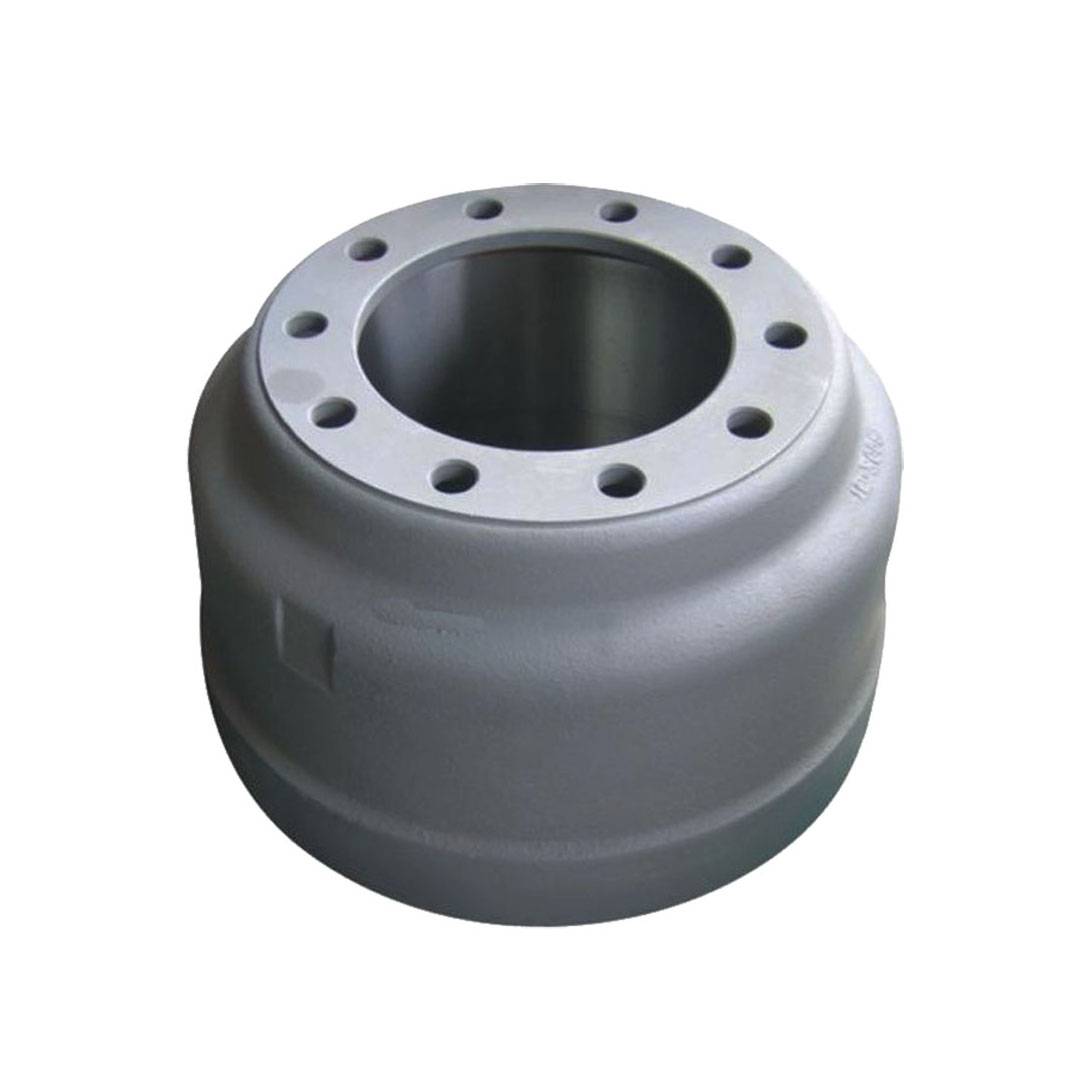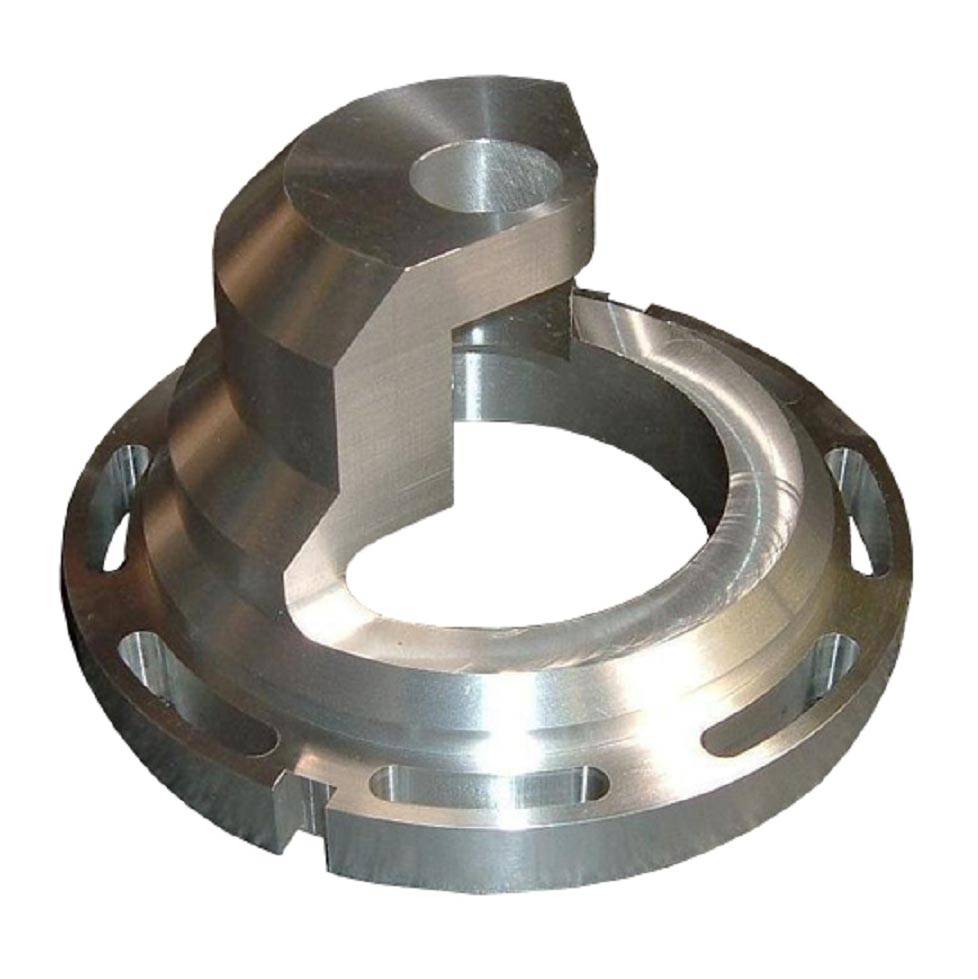High reputation Nodular Iron Shell Casting - Custom Sand Casting of Grey Cast Iron – RMC Foundry Detail:
China OEM custom sand castings of grey iron with CNC machining services. Gray cast iron is the ferrous metal whose cementite decomposes into iron and carbon in the form of graphite which is called graphitization cast irons where a large percentage of cementite is decomposed by graphitization.
| Gray Iron Material Grades | |||||||
| Country | Standard | Equivalent Grades of Grey Iron (Gray Cast Iron) | |||||
| ISO | ISO 185 | 100 | 150 | 200 | 250 | 300 | 350 |
| China | GB 9439 | HT100 | HT150 | HT200 | HT250 | HT300 | HT350 |
| USA | ASTM A48 | - | NO.20 | NO.30 | NO.35 | NO.40 | NO.50 |
| NO.25 | NO.45 | ||||||
| Germany | DIN 1691 | GG10 | GG15 | GG20 | GG25 | GG30 | GG35 |
| Austria | |||||||
| European | EN 1561 | EN-GJL-100 | EN-GJL-150 | EN-GJL-200 | EN-GJL-250 | EN-GJL-300 | EN-GJL-350 |
| Japan | JIS G5501 | FC100 | FC150 | FC200 | FC250 | FC300 | FC350 |
| Italy | UNI 5007 | G10 | G15 | G20 | G25 | G30 | G35 |
| France | NF A32-101 | - | FGL150 | FGL200 | FGL250 | FGL300 | FGL350 |
| UK | BS 1452 | 100 | 150 | 200 | 250 | 300 | 350 |
| India | IS 210 | - | FG150 | FG200 | FG260 | FG300 | FG350 |
| Spain | UNF | - | FG15 | FG20 | FG25 | FG30 | FG35 |
| Belgium | NBN 830-01 | FGG10 | FGG15 | FGG20 | FGG25 | FGG30 | FGG35 |
| Australia | AS 1830 | - | T150 | T220 | T260 | T300 | T350 |
| Sweden | SS 14 01 | O110 | O115 | O120 | O125 | O130 | O135 |
| Norway | NS11 100 | SJG100 | SJG150 | SJG200 | SJG250 | SJG300 | SJG350 |
| Min. Tensile Strength (Mpa) | 100 | 150 | 200 | 250 | 300 | 350 | |
Performance Characteristics of Gray Iron Castings:
• Liquid gray iron has good fluidity, and its volume shrinkage and linear shrinkage are small, and the notch sensitivity is small
• Low comprehensive mechanical properties, compressive strength is about 3~4 times higher than tensile strength
• Good shock absorption, the shock absorption of gray iron is about 10 times greater than that of cast steel
• Gray iron has low modulus of elasticity
Structural Characteristics of Gray Iron Castings:
• Small wall thickness and complex shapes are available
• The residual stress of the casting is small
• Gray iron castings should not be designed with very thick structures, and asymmetrical sections are often used to make full use of their compressive strength
Sand casting process offers the greatest flexibility and the most cost-effective tooling. Our sand casting foundry is equipped with a complete metallurgical laboratory to determine the chemical and mechanical characteristics of each melt and to analyse the metallugic condition of the molten metal before pouring. Microsections are examined under the microscope to obtain final information on the solified casting. We issue 3.1 certificate for each delivered part on customer request. Cast irons are the ferrous alloys which have carbon contents of more than 2%. Though cast irons can have a carbon percentage between 2 to 6.67, the practical limit is normally between 2 and 4%. These are important mainly because of their excellent casting qualities. The gray cast irons and ductile cast irons (also called nodular cast iron or spheroidal graphite iron).
Our Advantages in Sand Casting Field:
• Tens of years of experience in sand casting, shell molding casting and machining technology.
• Dimensionally accurate cores for complex internal contours.
• Extensive consulting which starts in the design phase.
• Quality management throughout the production process and maximum process reliability.
Available Grade of Gray Iron at RMC Sand Casting Foundry: HT150, HT200, HT250, HT300, HT350; GJL-100, GJL-150, GJL-200, GJL-250, GJL-300, GJL-350; GG10~GG40.
RMC, a China iron foundry, is producing various grey iron casting products for overseas customers in USA, Australia, UK, Spain, Germany, Norway, Finland, Russia and Italy. Production according to standards ASTM A48, A536; DIN 1691, 1693; ISO 185, 1083; EN 1561, 1563; DIN 1691, 1693; AS 1830, 1831; JIS, UNI, NF, BS, UNF, NBN, AS, SS, NS. Material grades including:
ISO185: 100 150 200 250 300
ASTM A48: NO.20 NO.25 NO.30 NO.35 NO.40 NO.45
DIN 1691: GG10 GG15 GG20 GG25 GG30
EN 1561: EN-GJL-100 EN-GJL-150 EN-GJL-200 EN-GJL-250 EN-GJL-300
BS 1452: 100 150 200 250 300
AS 1830: T150 T220 T260 T300
| Gray Iron Comparison | Casting Wall Thickness/mm | Chemical Composition(%) | Microstructure(Volume Fractions)(%) | |||||||
| China(GB/T 9439) | ISO 185 | ASTM A48/A48M | EN 1561 | C | Si | Mn | P ≦ | S ≦ | Matrix Structure | |
| HT100 (HT10-26) | 100 | No.20 F11401 | EN-GJL-100 | - | 3.4-3.9 | 2.1-2.6 | 0.5-0.8 | 0.3 | 0.15 | Pearlite: 30-70%, coarse flakes; Ferrite: 30-70%; Binary Phosphorus Eutectic: <7% |
| HT150 (HT15-33) | 150 | No.25A F11701 | EN-GJL-150 | <30 30-50 >50 | 3.3-3.5 3.2-3.5 3.2-3.5 | 2.0-2.4 1.9-2.3 1.8-2.2 | 0.5-0.8 0.5-0.8 0.6-0.9 | 0.2 | 0.12 | Pearlite: 40-90%, medium coarse flakes; Ferrite: 10-60%; Binary Phosphorus Eutectic:<7% |
| HT200 (HT20-40) | 200 | No.30A F12101 | EN-GJL-200 | <30 30-50 >51 | 3.2-3.5 3.1-3.4 3.0-3.3 | 1.6-2.0 1.5-1.8 1.4-1.6 | 0.7-0.9 0.8-1.0 0.8-1.0 | 0.15 | 0.12 | Pearlite: >95%, medium flakes; Ferrite<5%; Binary Phosphorus Eutectic<4% |
| HT250 (HT25-47) | 250 | No.35A F12401 No.40A F12801 | EN-GJL-250 | <30 30-50 >52 | 3.0-3.3 2.9-3.2 2.8-3.1 | 1.4-1.7 1.3-1.6 1.2-1.5 | 0.8-1.0 0.9-1.1 1.0-1.2 | 0.15 | 0.12 | Pearlite: >98% medium thin flakes; Binary Phosphorus Eutectic:<2% |
| HT300 (HT30-54) | 300 | No.45A F13301 | EN-GJL-300 | <30 30-50 >53 | 2.9-3.2 2.9-3.2 2.8-3.1 | 1.4-1.7 1.2-1.5 1.1-1.4 | 0.8-1.0 0.9-1.1 1.0-1.2 | 0.15 | 0.12 | Pearlite: >98% medium thin flakes; Binary Phosphorus Eutectic:<2% |
| HT350 (HT35-61) | 350 | No.50A F13501 | EN-GJL-350 | <30 30-50 >54 | 2.8-3.1 2.8-3.1 2.7-3.0 | 1.3-1.6 1.2-1.5 1.1-1.4 | 1.0-1.3 1.0-1.3 1.1-1.4 | 0.1 | 0.1 | Pearlite: >98% medium thin flakes; Binary Phosphorus Eutectic:<1% |
Production Process:
Sand Casting, Automatic Molding, Machine Molding, Shell Molding, Green Sand Casting, Resin Sand Casting”
Gray Iron Applications:
The following is the common application for each degree of grey cast iron for your reference.
HT100 (GG10, EN-GJL-100):
For small loads, the friction and wear no special requirements for important castings, such as protective cover, cover, oil pan, hand wheels, frame, floor, hammer, small handle, etc.
HT150 (GG15, EN-GJL-150):
Under moderate load of castings, such as the base, frame, box, knife, bed, bearing seat, table, wheels, cover, pump, valve, pipe, flywheel, motor blocks and other
HT200 (GG20, EN-GJL-200):
Requirements withstand greater load and a certain degree of tightness or corrosion resistance of the more important castings such as cylinder, gear, base, flywheels, bed, cylinder block,cylinder liner, piston, gear box, brake wheel, coupling Plate, medium pressure valve, etc.
HT300(GG30, EN-GJL-300):
Under high load, wear and high air tightness important castings, such as heavy machine tools, shears, presses, automatic lathe bed, frame, frame, high-pressure hydraulic parts, piston rings, force larger gear, Cams, bushings, large engine crankshaft, cylinder block, cylinder liner, cylinder head, etc.



Custom Sand Castings of Cast Iron
Product detail pictures:

Related Product Guide:
Quality comes first; service is foremost; business is cooperation" is our business philosophy which is constantly observed and pursued by our company for High reputation Nodular Iron Shell Casting - Custom Sand Casting of Grey Cast Iron – RMC Foundry, The product will supply to all over the world, such as: El Salvador , Cairo , Mexico , Based on products with high quality, competitive price, and our full range service, we have accumulated professional strength and experience, and we have built up a very good reputation in the field. Along with the continuous development, we commit ourselves not only to the Chinese domestic business but also the international market. May you moved by our high quality products and passionate service. Let's open a new chapter of mutual benefit and double win.
The customer service staff is very patient and has a positive and progressive attitude to our interest, so that we can have a comprehensive understanding of the product and finally we reached an agreement, thanks!
-
High Performance Wear Resistant Steel Foundry -...
-
Best quality Shell Casting - Grey Cast Iron Pa...
-
Hot Selling for Aluminium Alloy Casting - Non ...
-
Wholesale Dealers of Alloy Steel Green Sand Cas...
-
18 Years Factory Lost Wax Casting Company - Al...
-
Factory Free sample Gray Iron Foundry - CNC Ma...







